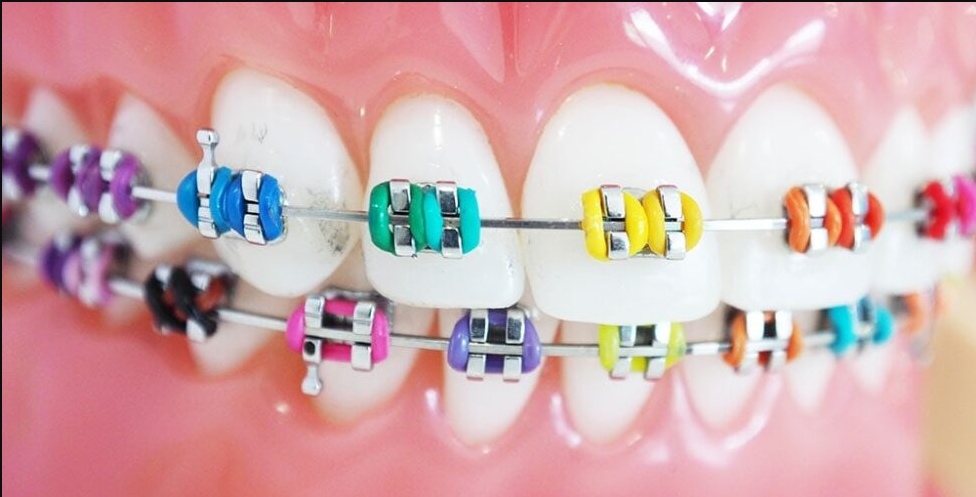In the world of orthodontics, Invisalign has emerged as a revolutionary tool. Most people are drawn to it due to its discreet nature, yet many have questions about its duration.
Factors Determining the Duration of Invisalign Treatment
1. Severity of the Dental Issue
The length of the Invisalign treatment largely depends on the complexity of the dental issue. For minor spacing or alignment problems, it might take a shorter time, possibly a few months. However, for more complex issues like severe crowding or bite discrepancies, the treatment may stretch for over a year.
2. Age of the Patient
It’s a known fact that younger patients often have faster-moving teeth. Thus, teenagers might find their Invisalign treatment concluding sooner than adults. It’s essential to have a thorough consultation with professionals to get a precise estimate.
3. Adherence to Treatment Guidelines
For the best results, it’s crucial to wear the aligners for 20 to 22 hours a day. Not adhering to this guideline can prolong the treatment. Regular check-ups and following the orthodontist’s instructions are also critical.
Tip: This article, presented by Amazing Smiles Orthodontist, aims to answer the burning questions about the length of Invisalign treatments. Get the smile you’ve always dreamed of! Visit https://www.amazingsmilesorthodontist.com/service/invisalign and book an appointment now.
Common Questions About Invisalign Duration
1. How long does it take for Invisalign to work?
The initial effects of Invisalign can be noticed within a few weeks. Teeth start moving gradually, and within the first month, minor improvements in alignment might be evident.
2. How long is Invisalign treatment typically?
On average, Invisalign treatment lasts 12 to 18 months. However, as mentioned earlier, the duration varies based on the complexity of the dental issue and the patient’s age.
3. How long does Invisalign hurt?
Invisalign might cause discomfort initially as the teeth start to shift. This discomfort generally lasts for a few days at the beginning of each new set of aligners. However, compared to traditional braces, many patients find Invisalign to be less painful.
Table: Comparing Invisalign with Traditional Braces
| Feature | Invisalign | Traditional Braces |
| Visibility | Almost invisible | Visible |
| Duration | 12-18 months on average | 18-24 months |
| Comfort | Less discomfort | Might hurt more |
| Maintenance | Easy to clean; removable | Requires care |
| Effectiveness | Effective for most dental issues | Suitable for all |
Tips for a Smooth Invisalign Experience
1. Maintain Oral Hygiene
Invisalign offers the advantage of being removable, which means you can and should maintain a rigorous oral hygiene routine. Brush and floss after every meal to ensure that no food particles are trapped beneath the aligners. Clean aligners using the recommended solutions to prevent discoloration and build-up.
2. Wear Them Consistently
For optimal results, it’s essential to wear your aligners for the recommended 20-22 hours daily. Only remove them for eating, drinking (anything other than water), and cleaning. Consistent wear ensures that the teeth move according to the planned trajectory, ensuring the treatment stays on track.
3. Keep Track of Changes
Each set of aligners is designed to be worn for 1-2 weeks, depending on the treatment plan. Always follow the orthodontist’s instructions on when to switch to the next set. Regular check-ups are also vital to monitor progress and make any necessary adjustments.
Addressing Common Misconceptions
1. Invisalign works slower than traditional braces.
While the duration of the treatment primarily depends on the complexity of the dental issue, Invisalign often works within the same timeframe as traditional braces for many dental problems. The key is consistent wear and adhering to the treatment guidelines.
2. Invisalign is only for minor dental problems.
While Invisalign is exceptionally effective for mild to moderate dental issues, advancements in technology have made it possible for them to treat more complex problems as well.
3. Invisalign treatments are more painful.
As discussed earlier, while there might be initial discomfort when starting a new set of aligners, many patients find Invisalign less painful than traditional braces. The absence of metal brackets and wires reduces the risk of mouth sores and other injuries.
Invisalign vs. Ceramic Braces: A Comparative Analysis
The orthodontic world offers a plethora of options, each with its unique set of advantages. While Invisalign is a popular choice for many, ceramic braces also have their loyalists. Let’s delve into a head-to-head comparison of these two popular treatments, aiding you in making an informed decision.
Table: Invisalign vs. Ceramic Braces
| Feature | Invisalign | Ceramic Braces |
| Appearance | Nearly invisible; clear aligners | Tooth-colored brackets; less noticeable than metal braces |
| Duration | Generally 12-18 months (varies based on individual cases) | Typically 18-24 months |
| Comfort | Flexible plastic without sharp edges | Brackets might cause initial discomfort |
| Maintenance | Removable; easy to clean | Requires careful cleaning around brackets |
| Dietary Restrictions | None (aligners are removed while eating) | Some (avoid hard, sticky foods) |
| Cost | Might be higher depending on region and complexity | Generally less expensive than Invisalign |
| Effectiveness | Best for mild to moderate issues | Effective for a wider range of orthodontic problems |
| Follow-up Visits | Less frequent | Monthly adjustments required |
Key Takeaways:
- Aesthetics: For those prioritizing aesthetics, Invisalign offers a nearly invisible treatment, while ceramic braces, though less noticeable than their metal counterparts, are still visible.
- Maintenance and Lifestyle: Invisalign’s removable nature makes it easier to maintain oral hygiene and offers more dietary freedom. On the other hand, ceramic braces require careful cleaning and come with some dietary restrictions.
- Effectiveness: While Invisalign is highly effective for mild to moderate dental issues, ceramic braces can address a broader range of orthodontic problems, including more complex cases.
- Cost Considerations: Invisalign might come with a higher price tag in some regions or for specific cases. However, it’s essential to factor in the convenience, aesthetics, and overall experience when evaluating costs.









